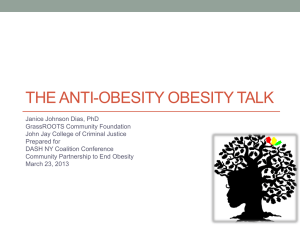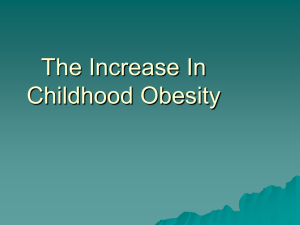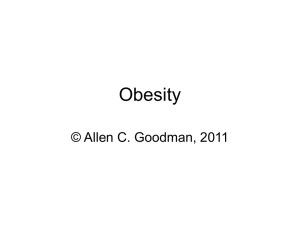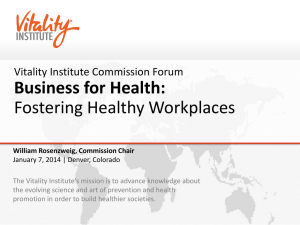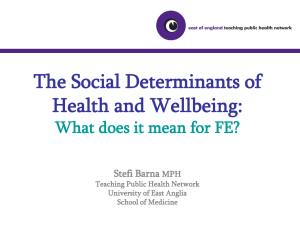Obesity & Reproduction
advertisement
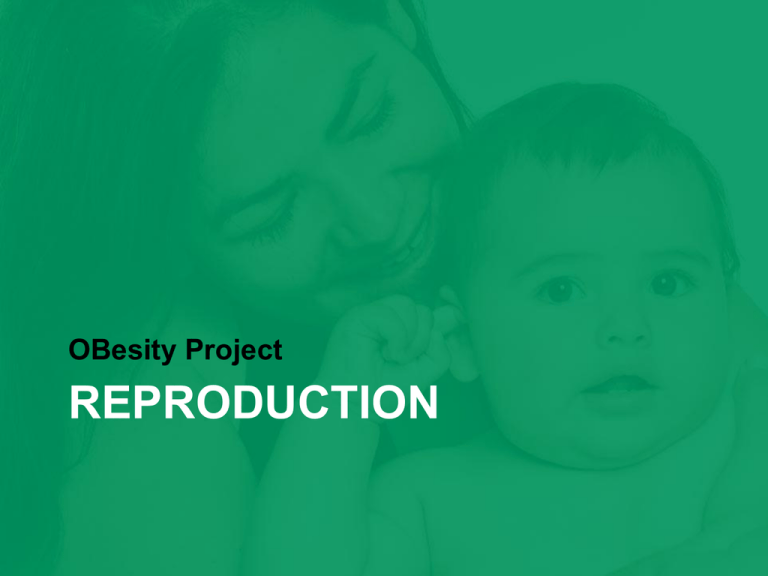
OBesity Project REPRODUCTION Pathophysiology of Obesity Regarding Fertility • Obesity affects the endocrine system • Endocrine changes with central obesity • Insulin resistance results in suppression of hepatic SHBG • Increased ovarian androgen synthesis and increased circulating free androgen • Increased aromatization of androgens to estrogen in adipose tissue • Leptin, a peptide secreted by adipocytes, inhibits ovarian follicular activity and steroidogenesis Effect of Obesity on the Menstrual Cycle • One third to half of overweight and obese women have irregular menstrual cycles • Direct correlation between increasing BMI and cycle irregularity • PCOS most common endocrinopathy in women • Obesity frequently seen in PCOS patients Effect of Obesity on Fertility • Natural Reproduction • Negatively affects natural reproduction through the interference of ovulation • With weight reduction, ovulatory function and pregnancy rates frequently improve • May reduce natural fecundity in ovulatory women- may involve potential adverse effects of insulin resistance Effect of Obesity on Treatment of Subfertility • Assisted Reproduction • Higher doses and longer duration of fertility medications (gonadotropins) • Increased frequency of cancelled IVF cycles • Lower oocyte yields and reduced pregnancy rates • Reduced ovulatory response to Clomiphene Citrate and higher doses required to induce ovulation Effect of Obesity on the Male Reproductive System • Obesity is associated with adverse effect • Conversion of androgens to estrogens by peripheral adipose aromatization • Relatively high estrogenic/androgenic state in obese males • Total serum testosterone levels are reduced and gonadotropin levels are suppressed Effect of Obesity on the Male Reproductive System • Incidence of oligozoospermia and asthenozoospermia increase with BMI • Scrotum remains in closer contact with surrounding tissue predisposing to higher temperatures that may adversely affect semen parameters

